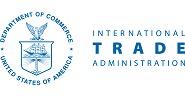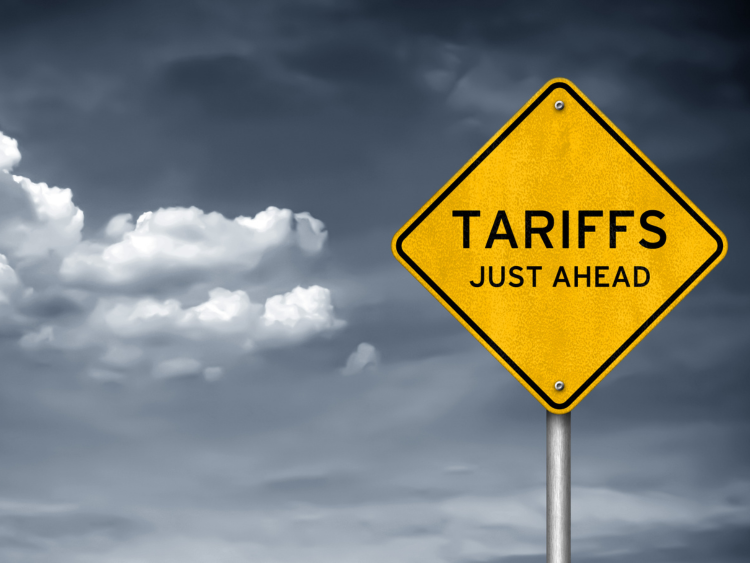Trade Cases

Commerce Revokes Russia’s Market Economy Status
Written by Laura Miller
November 10, 2022
The US Department of Commerce said on Thursday that it would no longer consider Russia a market economy in antidumping cases.
The move could allow for higher duties on Russian imports in trade cases going forward.
An analysis done by third parties for Commerce found that Russia’s government has had considerable involvement in its economy, which Commerce said has led to “distorted prices and costs in Russia which do not accurately reflect whether Russian companies are fairly pricing imports into the US.”
Criteria considered in determining whether a country is a market or non-market economy include: currency convertibility, how wages are determined, the foreign investment climate, how the government controls production, and governmental control over business decisions. Commerce found significant interference in these areas by the Russian government, particularly since Russia’s invasion of Ukraine earlier this year.
Now considering Russia a non-market economy (NME), Commerce will now apply a different methodology to calculate its AD duties than the one currently used for market economies. It will use market-based prices and costs from a country at a similar level of economic development and that produces similar merchandise.
“This decision is an important acknowledgement of the rise of Russian state-influence in their economy, which puts US industries at a disadvantage when trying to complete globally,” Commerce stated.
Trade attorney Lewis Leibowitz told SMU: “There is a chance the Russian imports will be hit with much higher dumping margins and fairly soon” as a result of Commerce’s decision.
In the most recent steel trade case decision involving Russia — the case against OCTG imports — weighted-average dumping margins were set at 12.84% and 184.21% for certain Russian companies. Should an interested party in this case, or any other antidumping case involving Russia, request a changed circumstance review, Russia’s NME status will be considered and dumping margins likely increased.
The American Iron and Steel Institute (AISI) responded favorably to the news, with AISI president and CEO Kevin Dempsey telling SMU: “We are pleased that the Commerce Department has recognized that extensive Russian government involvement in its economy distorts costs and prices throughout the Russian economy. Today’s decision will give the Commerce Department access to additional enforcement tools and will allow it to more effectively address Russian unfair trade practices that injure American industries.”
By Laura Miller, Laura@SteelMarketUpdate.com

Laura Miller
Read more from Laura MillerLatest in Trade Cases

Price on Trade: The foolishness of free trade with controlled economies
It was only a matter of time before a shutdown happened. And, no, we aren’t talking about the federal government’s lapse in appropriations. On Oct. 9, Beijing announced a series of restrictions that will effectively shut down exports of rare earth elements, magnets, and certain downstream products vital to advanced manufacturing.

Trump pulls plug on trade talks with Canada after anti-tariff Reagan ad
US President Donald Trump took to social media late Thursday night to announce he was canceling trade talks with Canada.

Leibowitz: Renewed trade war with China over rare earths
On Oct.10, President Trump announced major increases in tariffs on Chinese goods. The trigger was a new regime of export controls on rare earth metals and products using those elements, including magnets, capital equipment, and catalysts for catalytic converters in cars and trucks.

Industry piles on new Section 232 steel derivative inclusion requests
The Department of Commerce received 97 submissions from producers, manufacturers, and groups seeking Section 232 tariff coverage for steel and aluminum derivative products.

Price on Trade: New EU steel tariffs don’t mean the US should weaken its stance
Any steel imports into the EU that exceed the new, lower quota level would be subject to a 50% tariff, which represents a major increase from the EU’s current 25% out-of-quota tariff. This move would largely align the EU’s steel tariff rate with Canada and the United States.
